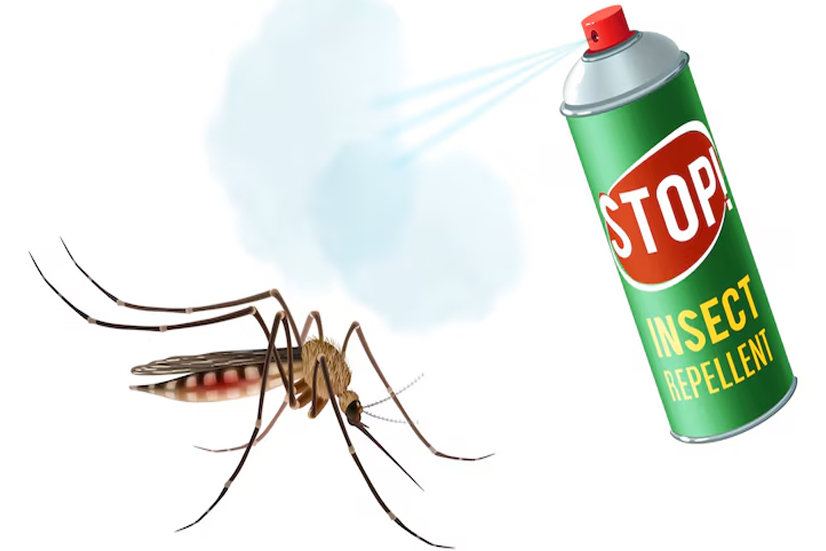
As the world continues to struggle with various infectious diseases, the Chandipura virus has emerged as a significant threat, particularly to children. This virus, first identified in India, has been associated with sudden and severe outbreaks, causing encephalitis and high mortality rates among young populations. Understanding why the Chandipura virus disproportionately affects children and learning effective protection measures are crucial steps in safeguarding their health.
Table of Content:-
To understand why this virus is particularly severe in kids, OnlyMyHealth interacted with Dr R Kishore Kumar, Paediatrician and Neonatologist at Cloudnine Group of Hospitals, Bengaluru.
Dr Kishore explained, “The Chandipura virus (CHPV) is a member of the Rhabdoviridae family and is known to cause encephalitic (brain fever) illness, primarily affecting children.” Discovered in India in the Chandipur village of Nagpur in 1965, it has since been associated with several outbreaks, particularly in the Indian subcontinent. CHPV is transmitted through sandflies – which also act as vectors for illnesses like Japanese Encephalitis & Kala Azar - and can lead to acute febrile illness, which rapidly progresses to encephalitis, a condition characterised by inflammation of the brain.
Why is it Particularly Severe in Children?

According to a study published by National Institute of Health children under 15 years of age are most susceptible to natural infection. Several factors, according to Dr Kishore contribute to the heightened severity of Chandipura virus infections in children:
1. Immature Immune System
“Children have an immune system that is still developing and may not be as effective in mounting a defence against novel pathogens like CHPV,” Dr Kishore said. This makes them more susceptible to severe infections and complications.
2. Rapid Progression
CHPV infection progresses very quickly from an initial febrile illness to severe neurological symptoms such as seizures, altered mental status, and coma. Children’s bodies may not cope well with such rapid and severe disease progression.
3. Higher Viral Load
Studies suggest that children may develop higher viral loads compared to adults, leading to more intense symptoms and a higher likelihood of complications.
4. Neurological Impact
The virus predominantly targets the brain, and children’s neurological systems are more vulnerable to damage. “The developing brain can suffer more profound and long-lasting effects from inflammation and infection,” Dr Kishore explained.
5. Lack of Previous Exposure
Adults may have had subclinical or mild exposures to related viruses that could confer partial immunity. Children, particularly in endemic areas, might be encountering the virus for the first time, lacking any such pre-existing immunity.
Also read: Chandipura Virus In Gujarat: What Is It And Should You Be Worried?
Symptoms and Complications

Listing the symptoms, Dr Kishore said, “Children infected with the Chandipura virus often present with high fever, headache, vomiting, and altered mental status. As the disease progresses, they may develop seizures, unconsciousness, and signs of meningoencephalitis.” The rapid onset and progression to severe neurological symptoms often lead to high mortality rates and significant morbidity among survivors, including long-term neurological deficits.
Protection and Prevention
Dr Kishore said, “Given the severity of CHPV in children, preventive measures are crucial.” Here are some preventative measures listed by Dr Kishore.
1. Vector Control
- Sandfly Control: Since CHPV is transmitted by sandflies, controlling these vectors is essential. This can be achieved through insecticide spraying like DDT or 5% Malathion, using sandfly traps, and removing breeding sites such as decaying organic matter. The breeding sites for sandfly are cracks in the houses, tree cracks – so common in rural areas – these need to be sprayed particularly and children advised to stop playing near cracks or put their hands into cracks.
- Insect Repellents: Use insect repellents on children’s skin and clothing, especially in areas known to have sandflies. Repellents containing DEET or picaridin are effective.
2. Protective Clothing
- Clothing: Dress children in long-sleeved shirts, long pants, and socks to minimise skin exposure to sandflies.
- Bed Nets: Use bed nets treated with insecticide, particularly in regions with high sandfly activity, to protect children while they sleep.

3. Community Awareness and Education
- Educate communities about the symptoms of CHPV and the importance of seeking prompt medical attention if a child exhibits signs of infection.
- Raise awareness about the importance of vector control and personal protective measures.
4. Early Detection and Medical Care
Prompt Medical Attention: Early detection and treatment can improve outcomes. Health facilities should be equipped to handle cases of encephalitis and provide supportive care, such as managing seizures and ensuring adequate hydration and nutrition.
Surveillance: Strengthening surveillance systems to quickly identify and respond to outbreaks can help contain the spread of the virus.
5. Research and Vaccination
Ongoing research is crucial to develop vaccines and antiviral treatments for CHPV. Currently, there is no specific antiviral therapy or vaccine available, but advancements in this area could provide long-term protection.
Also read: Death Toll In Gujarat Due To Suspected Chandipura Virus Infection Rises To 48
Conclusion
The Chandipura virus poses a significant threat to children due to their developing immune systems, rapid disease progression, and neurological vulnerability. Protecting children involves a combination of vector control, use of protective clothing, community education, and early medical intervention. Enhanced surveillance and continued research into vaccines and treatments are essential to mitigate the impact of this severe viral infection.
Also watch this video
How we keep this article up to date:
We work with experts and keep a close eye on the latest in health and wellness. Whenever there is a new research or helpful information, we update our articles with accurate and useful advice.
Current Version
